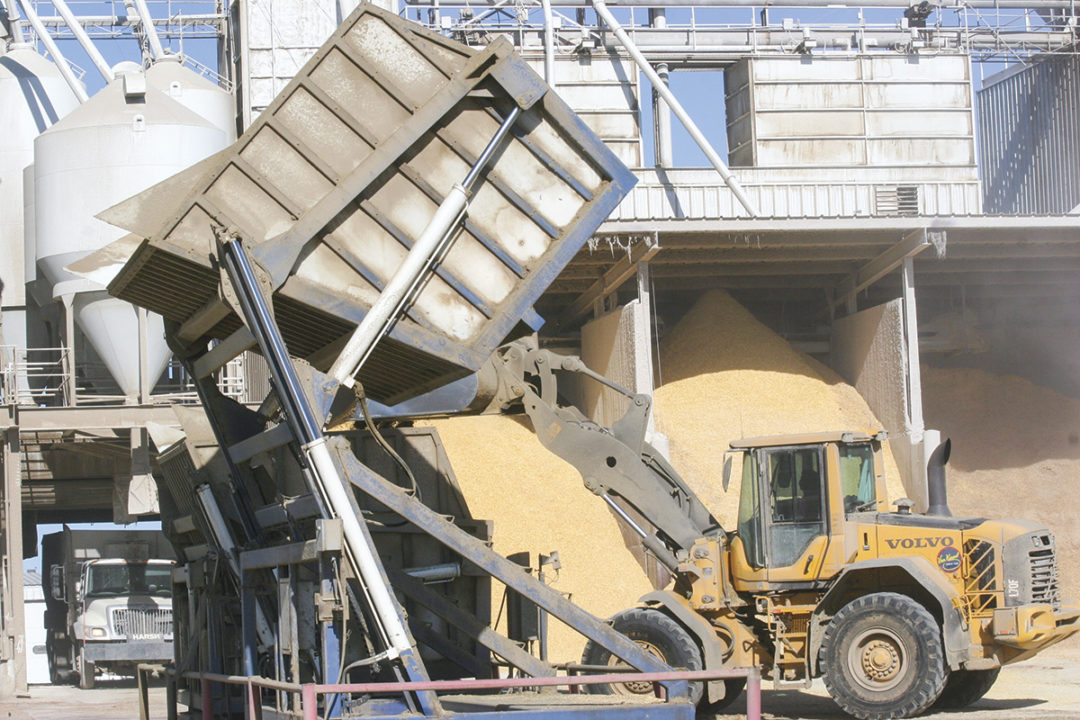Since well over 50% of feedyard injuries involve employees who have been on the job for less than 12 months, immediately providing safety training for new employees is the best way to ensure they have the necessary information to complete job duties in a safe manner.
Mike Keenan, risk control manager at Gallagher in Omaha, says combining follow-up monitoring as part of the initial training process is essential to ensuring that employees thoroughly understand safe working processes and fully implement what they learn.
“A new feedyard employee is exposed to so much so quickly that it’s important to review the training over several weeks to make sure they’re taking that initial information into the work area,” Keenan says. “That’s especially true for new personnel who don’t have a background with agriculture and cattle. They will encounter many concepts that are unfamiliar.”
Some OSHA (Occupational Safety and Health Administration) training standards are in place, such as the requirement to complete tractor safety training on an annual basis. However, feedyard managers might consider that anyone unfamiliar with operating a tractor may benefit from more frequent training throughout the year.
“That will depend on each employee’s work experience and job duties,” Keenan says. “Feedyard employees training requirements include chemical safety, lockout/tagout, confined space and bin entry, and electrical safety. A facility’s emergency response plan is certainly something a new employee should know about from the day they start their new job.”
From years of experience in the feedyard insurance industry, Keenan knows that regular training and monitoring to ensure safety procedures are incorporated into daily work routines results in a safer workplace.
“Anytime a new employee is required to perform a task they haven’t done before, informing them of the hazards and safest way to complete that work beforehand is the most effective way to keep them and everyone else in the workplace safe,” Keenan says. “Once they begin the work, monitor their activity to ensure they implement what they learned.”
Quality training information includes explanations about how safe procedures avoid undesired, sometimes tragic, results.
“Managers should consider getting outside the training room as they educate employees,” Keenan says. “Training people at the location where they work allows the trainer to point out specific safety concerns and identify points where danger increases if safety procedures aren’t followed.”
Helping employees understand the tragic consequences of bypassing safety procedures – or providing accounts of injuries that resulted from unsafe practices – can also help reinforce the value of safe procedures.
“Safety regulations need to be included in safety training, but regulations are not a good motivator,” Keenan says. “Explaining how a safe procedure helps a worker avoid a tragic injury, showing them how it benefits them, is often more effective.”
Every employee is different
Because every person has a different learning style, using hands-on training in addition to classroom instruction is likely to benefit all employees. Some people learn well by reading standard or written materials. Others will better absorb information through visual and/or auditory training.
“Repetition of these different learning styles is also effective in helping employees understand safety procedures,” Keenan says.
Because language barriers are frequently part of today’s feedyard environment, hiring bilingual staff – especially at the management level – will greatly enhance a safety environment.
“When language is a barrier, it’s so important to ensure that a new employee thoroughly understands safety procedures,” Keenan says. “That’s true whether or not the employee has a background with their job duties. A former employer may not have given the same degree of attention to safety, and the employee may have established some unsafe work habits. Even though the worker says they understand a procedure or principle, it’s critical to monitor their work to verify that.”
Employees, especially new employees, may be fearful of admitting they don’t understand a safety concept. Providing a work environment where workers feel comfortable in seeking additional training can help resolve this kind of situation.
“It’s beneficial to the employee and employer to have the worker demonstrate a specific skill,” Keenan says. “Doing so can reveal any lack of information or understanding.”
For the new employee, safety is enhanced by monitoring their work habits over a period of time to ensure that they don’t slip back into former and unsafe practices. It can also expose any area where review of safety procedures is necessary or where initial training information wasn’t retained.
“Don’t monitor just one time,” Keenan says. “There’s a lot to learn for anyone who’s working in a feedyard for the first time. For those who came from another facility, they may struggle to change unsafe habits that were accepted in the former workplace.”
Keenan says failure to thoroughly train employees affects everyone who works there.
“If a new person is injured during their first six to 10 months, while they’re off the job other workers have to divvy up their work,” Keenan says. “If another new employee can be found and comes in to take their place, additional time is required to train them. Financially, in either scenario, the feedyard is now paying someone who’s unable to work as well as risking the safety of other workers who deal with the stress of accomplishing the same work with less staff.”
Free quality training resources for feedyard managers include the University of Nebraska Medical Center's (UNMC) Feedyard 15 program. The 15 training modules include slips, trips and falls; AVTs/UTVs; feedmill safety, and more. The program can be accessed at the UNMC website.
As part of a safety program in any feedyard, Keenan encourages trainers to help their employees understand their value within the company.
“Each staff member is an important component of the company and workplace safety,” Keenan says. “Make sure they understand that doing a job safely is more important than getting it done quickly."








